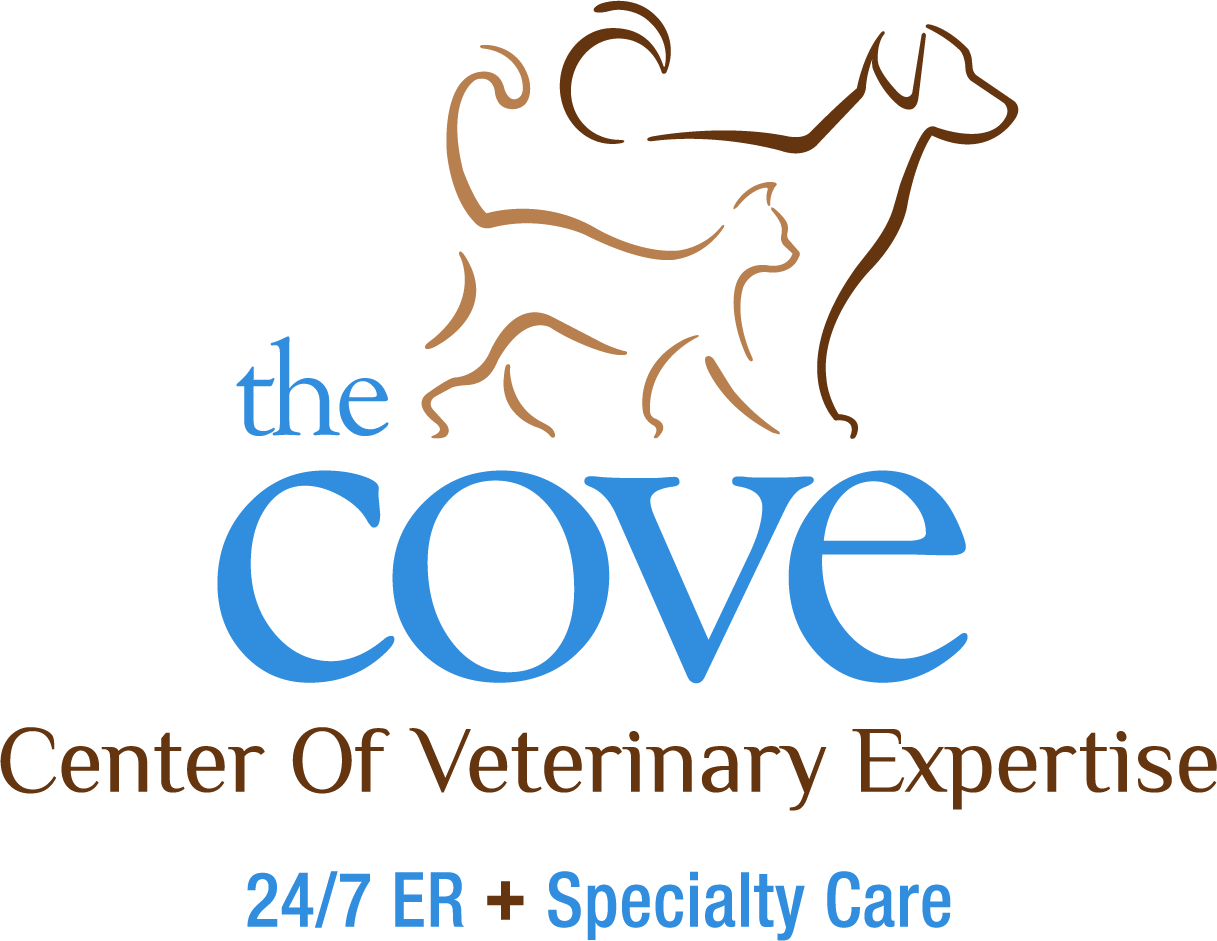Spring has sprung. The days are long, the grass is green, the flowers have bloomed, and for many of us, the sneezing has begun. You may be surprised to know that it’s not just humans that suffer from allergies but animals too. Yes, cats and dogs can also experience allergic reactions.
General symptoms of allergic reaction in dogs and cats include:
- Skin irritation or inflammation – excessive scratching, chewing, biting, rubbing that can progress to open sores, hair loss, scabbing, and swollen paws
- Itchy ears –head shaking, scratching, rawness, odor or discharge
- Upper respiratory problems – runny nose, watery eyes, sneezing, snoring
- Vomiting
- Diarrhea
Are the Allergies Seasonal, Environmental, or Food Related?
Just as in humans, allergic reactions in your pet are caused when the body’s immune system begins to see non-threatening substances as dangerous and attacks them, causing a variety of possible symptoms. Allergens can be inhaled, ingested, or can come into contact with skin. Generally speaking, if symptoms only occur in the spring or fall, it’s likely due to seasonal allergies. However, symptoms that occur all year long are more likely food allergies or something in your pet’s regular environment.
Common seasonal and environmental allergens include:
- Pollens
- Dander
- Mold spores and dust mites
- Fleas and products to control fleas or ticks – only a couple of bites can cause intense itching for weeks
- Perfumes
- Cleaning products
- Fabrics, rubber, and plastics
Common food allergens include:
- Protein including common meats –think beef, chicken, or pork
- Soy
- Wheat
- Corn
Are Some Breeds at Higher Risk?
While any dog or cat can develop allergies, some dog breeds including Terriers, Setters, Retrievers, and brachycephalic breeds (Pugs, Boston terriers, Boxers, Bulldogs) develop allergies at a higher rate than others.
What Can You Do?
Visit your family veterinarian for a full evaluation and diagnosis. This will likely include skin and/or blood tests. If a food allergy is suspected, your pet may be prescribed an elimination diet for 12 weeks (that means no treats or table scraps) until symptoms go away, at which time foods will be reintroduced to see what caused a reaction.
With allergic reactions, prevention is your best strategy. Remove allergen triggers from your pet’s environment as best you can. With food, that means only feeding foods that don’t trigger a reaction. For environmental and seasonal triggers, this can include using things like air filters, a vacuum with HEPA filter, closing windows, using perfume-free detergents, rinsing your pet’s feet and belly after going outside, staying indoors when pollen counts are high during the early morning and late evening, using unscented cat litter, and using stainless steel or glass bowls.
In some cases, your veterinarian may prescribe cortisone or steroids to calm extreme reactions. If antihistamines are recommended, they work best preventatively and must be given before a reaction occurs. Omega three fatty acids might help with itchy skin, as can shampoo or spray with calming ingredients like aloe.
Diagnosing and managing allergies in your fur-baby can be challenging, but diligence, care and prevention can go a long way to making them healthy and comfortable. Remember, if your pet needs emergency attention due to an extreme allergic reaction, The COVE is open 24 hours a day, 365 days a year.
About Us
The COVE’s veterinarians and staff wholeheartedly embrace the core values of community, collaboration, commitment, compassion, and integrity. This focus ensures that pets, the people who love them, and their primary care veterinarians have as positive and affirming a healthcare experience as possible, regardless of the circumstances that bring us all together.

